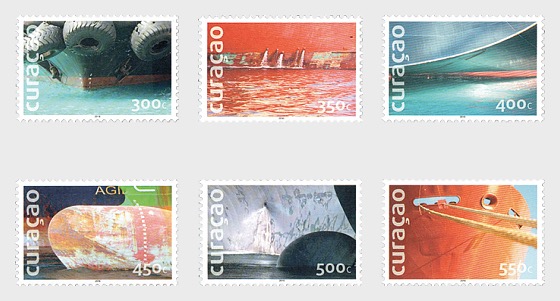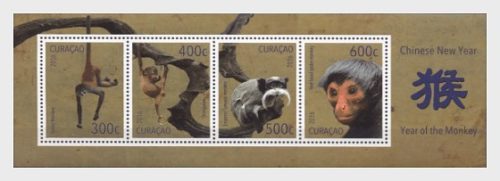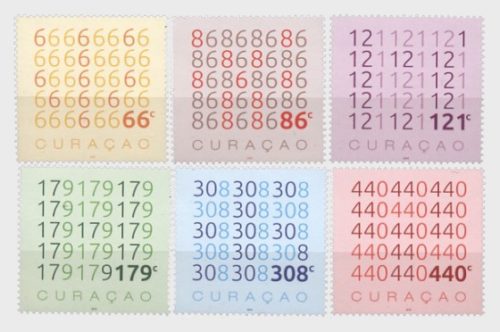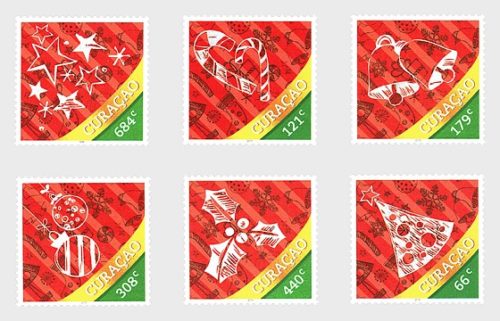Description
During the colonial times the Dutch became interested in Curaçao as a valuable base in the Caribbean partly because of Curacao’s six natural harbors.
On July 29,1634, Johan van Walbeeck entered the St. Anna Bay, which since than became the site of the harbor town called Willemstad; now (since 1997) on the UNESCO World heritage list.
Between the 1640’s and today, the harbor grew to be the third biggest harbor of the Kingdom of the Netherlands, and offers many facilities.
Cruise ships dock at the megapier at the entrance of the bay or at terminals at the Otrobanda side of the bay. At the end of the entrance channel lies the Schottegat area, which houses the region’s largest oil refinery and dry-dock, an economic zone, the container terminal, and cargo wharves.
About 3000 vessels call Curaçao’s port annually, from tankers, cargo, cruise ships and big rigs to yachts. Cpost International is presenting this beautiful issue “Ships” designed by Ellen Spijkstra, depicting their bright colors, the reflection in the water and interesting textures on the hull.
300 c stamp – A close-up of the front of a ship.
350 c stamp – A reflection of a ship in St Anna Bay, colored the water bright orange.
400 c stamp – Like an abstract painting; a composition of lines, colors and textures.
450 c stamp – One ship in front of another.
500 c stamp – A propeller above the water.
550 c stamp – Orange tanker towering.




